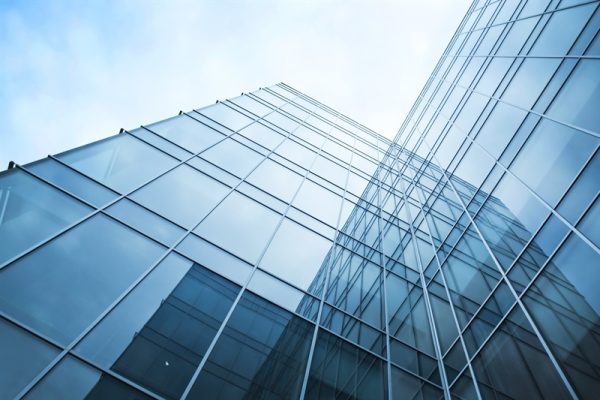The Queensland Government is currently running a second investment round for the Land Restoration Fund (LRF).
The LRF has been established to facilitate a pipeline of Queensland-based carbon offset projects. It supports carbon farming research and development and has a commercial function where the LRF purchases carbon credits with co-benefits.
The LRF builds on the Commonwealth Government’s Emissions Reduction Fund (ERF), which credits Australian carbon credit units (ACCUs) for each tonne of carbon dioxide equivalent sequestered or avoided by a project. Eligible carbon farming projects for the LRF must be capable of being registered with the Clean Energy Regulator under a land sector method.
The credits purchased by the LRF are premium carbon credits, with contracted projects to be paid an ACCU with co-benefits price, for both the ACCUs generated by the project, and for demonstrated additional environmental, socio-economic, or First Nations co-benefits. The average price paid by the LRF in the first investment round was $49 per ACCU, well above the average price of $15.99 paid by the Clean Energy Regulator at the most recent ERF auction.
Contracted projects from Investment Round 1 include:
- the Central Cape York Regional Savanna Fire Project, using the Savanna fire management 2018 (sequestration and emissions avoidance) method, with the Indigenous Land and Sea Corporation on behalf of an alliance of indigenous landholders;
- Beef and Conservation for the Future (BC4) at Goondicum Station, Yarrol, using the Avoided clearing of native regrowth and Human-induced regeneration of a permanent even-aged native forest 1.1 methods to provide co-benefits with improved water quality in the Burnett River and reconnected pockets of native vegetation; and
- the Boreelum Carbon Project, using a combination of Reforestation by Environmental or Mallee Plantings - FullCAM, Beef cattle herd management, and Measurement of soil carbon sequestration in agricultural systems methods to rejuvenate the health of soil and native vegetation ecosystems across the property, improve herd productivity and reduce the environmental footprint of the farming operations.
Investment Round 2
Applications are currently open for Investment Round 2, where the LRF is investing $25 million in carbon farming projects, with up to $5 million funding available per project.
The investment priorities for this round of funding are:
- Land restoration to improve the health of wetlands and coastal ecosystems, including the Great Barrier Reef.
- Land restoration for threatened species and ecosystems.
- Land restoration for social and economic sustainability.
To be eligible for Investment Round 2, at least 10% of the ACCUs contracted to the LRF must come from identified Tier 1 methods. These are:
- human induced regeneration of a permanent, even aged native forest;
- avoided clearing of native regrowth;
- native forest from managed regrowth;
- avoided deforestation;
- reforestation and afforestation;
- reforestation by environmental or mallee plantings FullCAM method; and
- savanna fire management 2018 –sequestration and emissions avoidance.
The LRF will contract for no more than 80% of the ACCUs likely to be issued for the project over its effective term, after the permanence period reduction and risk reversal buffer discounts have been applied.
Stage 1 Initial Applications for Investment Round 2 close at 2pm on Friday, 8 October 2021.
Shortlisted applicants will be notified on Monday, 6 December 2021 and asked to provide a Stage 2 Final Application, including their finalised commercial proposition and ACCU schedule, with risk identification and management. Stage 2 Final applications close at 2pm on Friday, 4 February 2022.
Project Investment Agreement
Successful applicants (Sellers) will need to enter into a Project Investment Agreement with the Queensland Treasury Corporation, on behalf of the Land Restoration Fund Unit Trust (Purchaser).
The Project Investment Agreement contains the agreed delivery schedule for when ACCUs are to be delivered over the term, and the co-benefits schedule which identifies the co-benefits activities that the Seller commits to perform in accordance with the Land Restoration Fund Co-benefits Standard for Land Restoration projects.
The project investment agreement has been updated from the first investment round to record pricing as a bundled ACCU with Co-Benefits Price. For the second investment round, payments are apportioned by between:
- Annual payments: The cumulative annual payment amount is 40% of the total agreement value, divided into equal annual payment amounts across the term of the agreement. Annual payments are automatically paid for the first three years of the term, once the Seller submits their annual report and statement of assurance for the co-benefit activities. From the fourth annual report date, the Purchaser will undertake a performance review of the Seller’s performance and may withhold Annual Payments for unsatisfactory performance.
- On-Delivery payments: The remaining 60% of the total agreement value is divided by the number of ACCUs to be delivered to the LRF, with payments made on receipt of ACCUs to the LRF’s Australian National Registry of Emissions Units (ANREU) Account.
For more information about the LRF or carbon farming projects, please contact our Resources and Energy team.
Rebates are available from the Queensland Rural and Industry Development Authority for legal advice about carbon farming projects and the LRF.


